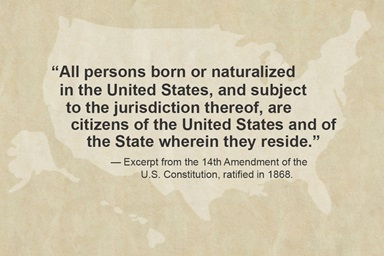When West Virginia United Methodists looked at standards for parsonages a decade ago, the biggest point of conflict between congregations and pastors was furniture.
Clergy are required to live in church-owned parsonages in the West Virginia Annual (regional) Conference and at that time the homes were furnished, said Judi Kenaston of Lewisburg, who chaired a committee in 2001 that set up standards for parsonages. Committee members received complaints about substandard furniture provided by churches, furniture damaged by occupants and differences over personal style.
"Our team decided this was an issue that could be dealt with by having clergy provide their furniture," Coffing said.
Kenaston, a clergy spouse with personal experience in parsonage living, was one of the advisers for a clergy housing handbook compiled by the United Methodist Commission on the Status and Role of Women.
The handbook project grew out of a need expressed through the 2009 Clergy Spouse and Families Survey sponsored by the commission and the Boards of Higher Education and Ministry, Discipleship and Pension and Health Benefits. The survey identified parsonages and parsonage living as a point of tension between clergy and congregations, said Kim Coffing, a commission executive.
Research for the "Clergy Housing Handbook: Parsonages" revealed that policies related to pastoral housing varied widely in U.S. annual (regional) conferences.
Some congregations have "very intentional" inspection guidelines for parsonages, for example, while others are "woefully" slight on policies and procedures, she explained. Sexual ethics and "safe sanctuary" guidelines often are not consistent for clergy housing.
Goals for parsonages
The Commission on the Status and Role of Women decided the handbook should:
- Identify effective approaches already in place that address clergy spouse issues across the denomination's U.S. churches;
- Help eliminate gender-based clergy spouse role bias specific to parsonage life;
- Identify and promote helpful patterns of communication and relationships within U.S. jurisdictions and annual conferences;
- Offer a model of expectations and resources for transitions that help standardize clergy family relocation;
- Suggest systems for excellent care of parsonages and parsonage families.
In West Virginia, the transition to clergy-owned furniture was phased in over a four-year period, with grants available to assist with purchases. The conference also has worked to standardize the size of parsonages and set uniform cleaning and moving policies.
Pets are allowed, although it is asked that pets be removed from the house in advance of a move for additional cleaning. "Our policy is pets are part of the clergy family," Kenaston.
The effects of climate change and energy costs are becoming an increasing concern for pastors, Coffing said. In conferences where clergy are expected to pay utilities for the parsonage, there is little incentive to replace drafty windows, improve insulation or find more efficient heating systems in church-owned homes.
In the previous survey, "one clergy said, 'My entire one-month salary went to pay for my utilities,'" Coffing reported. "We heard other stories similar to that."
Parsonages that sit empty for long periods of time also become a problem. In one situation, a clergywoman with a teenage son moved into a home that had no running water and a nonfunctional heating system. "The congregation said, 'You're living there, you take care of it,'" she said.
On the other hand, district superintendents have shared stories "of clergy trashing parsonages" and damage caused by pets or children, she noted.
Besides clergy, the handbook is useful for local church trustees and staff-parish committees, as well as their district and conference counterparts, Coffing said.
The handbook includes checklists, reports of 'best practices' and a sample parsonage agreement. "What we wanted to do was set up a way a clergyperson and a congregation could have stepping stones," she explained. "It prompts the congregation and the pastor to come to some agreeable terms."
*Bloom is a United Methodist News Service multimedia reporter based in New York. Follow her at http://twitter.com/umcscribe.
News media contact: Linda Bloom, New York, (646) 369-3759 or [email protected].
Like what you're reading? Support the ministry of UM News! Your support ensures the latest denominational news, dynamic stories and informative articles will continue to connect our global community. Make a tax-deductible donation at ResourceUMC.org/GiveUMCom.




